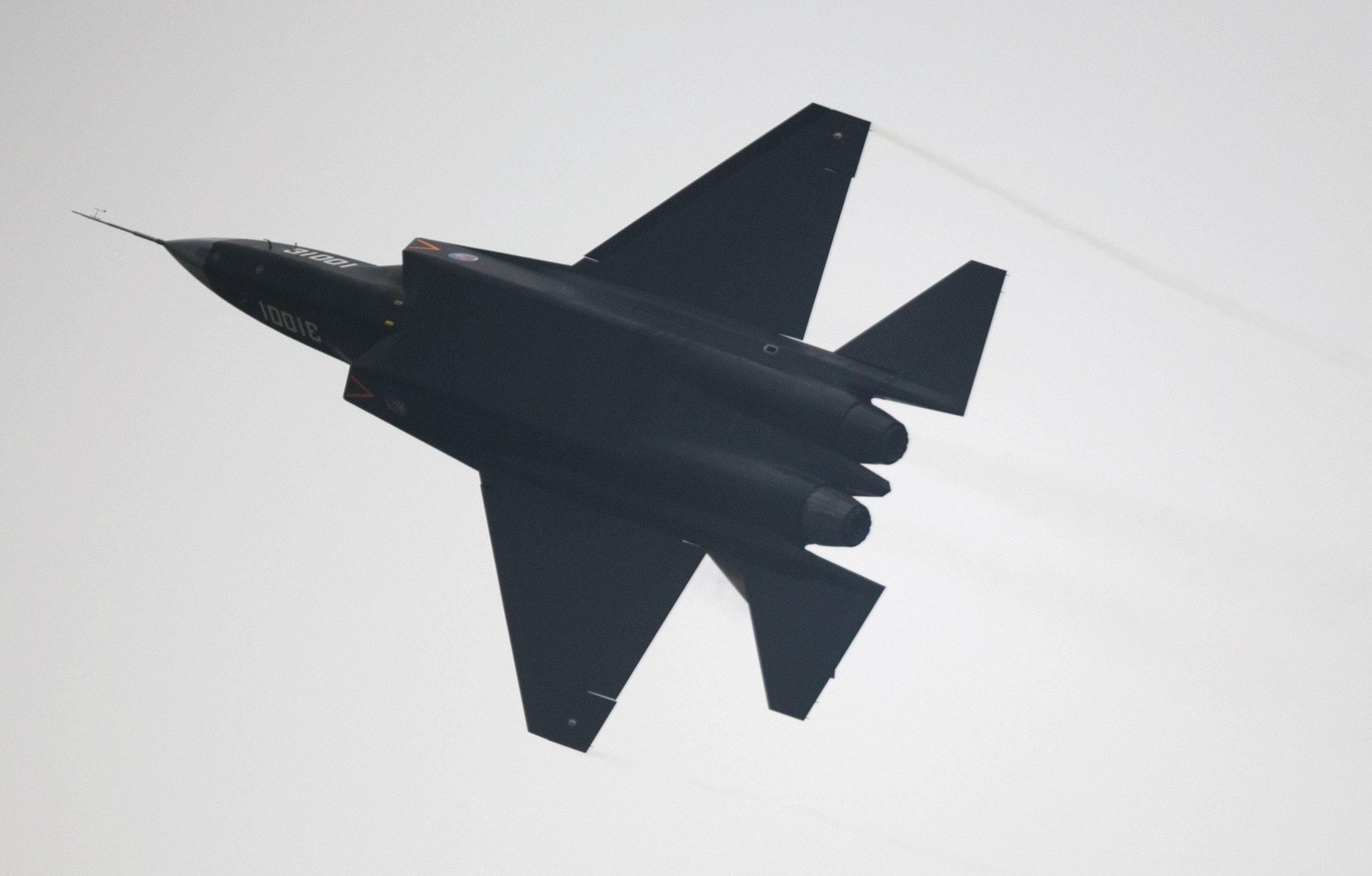SOURCE: IDRW.ORG TEAM

The veil has been lifted on Pakistan’s airpower ambitions, with the Pakistan Air Force (PAF) officially announcing plans to acquire China’s J-31 stealth fighter jets. This move marks a significant shift in the regional arms race, raising questions about its impact on the delicate power dynamics between Pakistan and India.
The J-31 boasts advanced stealth capabilities, designed to evade radar detection and penetrate deep into enemy airspace. Its twin-engine configuration offers enhanced power and payload capacity, making it a formidable contender in modern aerial combat. However, the J-31’s price tag and operational costs pose challenges for Pakistan. The exact number of jets to be procured remains unclear, with estimates suggesting a modest squadron due to budgetary constraints.
The Indian Air Force (IAF) officials told idrw.org in a measured response to Pakistan’s J-31 plans. While acknowledging the jets’ potential, IAF officials maintain confidence in their existing arsenal and future acquisitions. They point out that the J-31’s stealth capabilities might not be as cutting-edge as initially perceived, potentially falling short of overwhelming the IAF’s defenses.
India’s Su-30MKI fighter jets have been a mainstay of their airpower, proven effective in various scenarios. The IAF’s assessment suggests that these jets can effectively detect and engage the J-31, nullifying its stealth advantage. Additionally, India’s focus on indigenous fighter programs like the Tejas MkII and the ambitious fifth-generation Advanced Medium Combat Aircraft (AMCA) demonstrates a long-term vision for aerial dominance, unaffected by Pakistan’s J-31 acquisition. Su-30MKI fighter upgrade with modern AESA Radar also means J-31 won’t have upper hand in many Scenarios
The J-31 deal’s timeline remains uncertain, with deliveries expected within the next 4-5 years if finalized. The impact on the regional balance of power is also debatable. While the J-31 undoubtedly adds teeth to the PAF, its effectiveness against the IAF’s existing capabilities and future modernization plans remains to be seen.
The J-31 acquisition marks a significant step in Pakistan’s airpower modernization efforts, but its true impact will depend on the number of jets procured, their operationalization, and the IAF’s response through its own modernization plans.
NOTE : Article cannot be reproduced without written permission of idrw.org in any form even for YouTube Videos to avoid Copy right strikes. Websites doing illegal reproductions will get DCMA and Legal Notices.